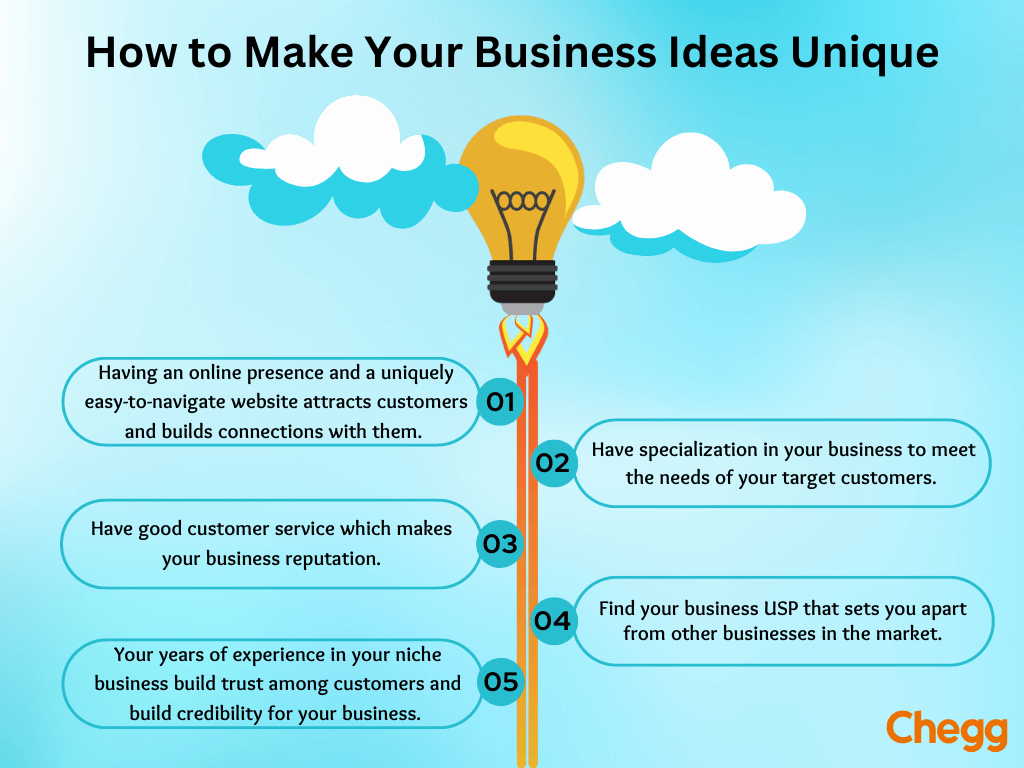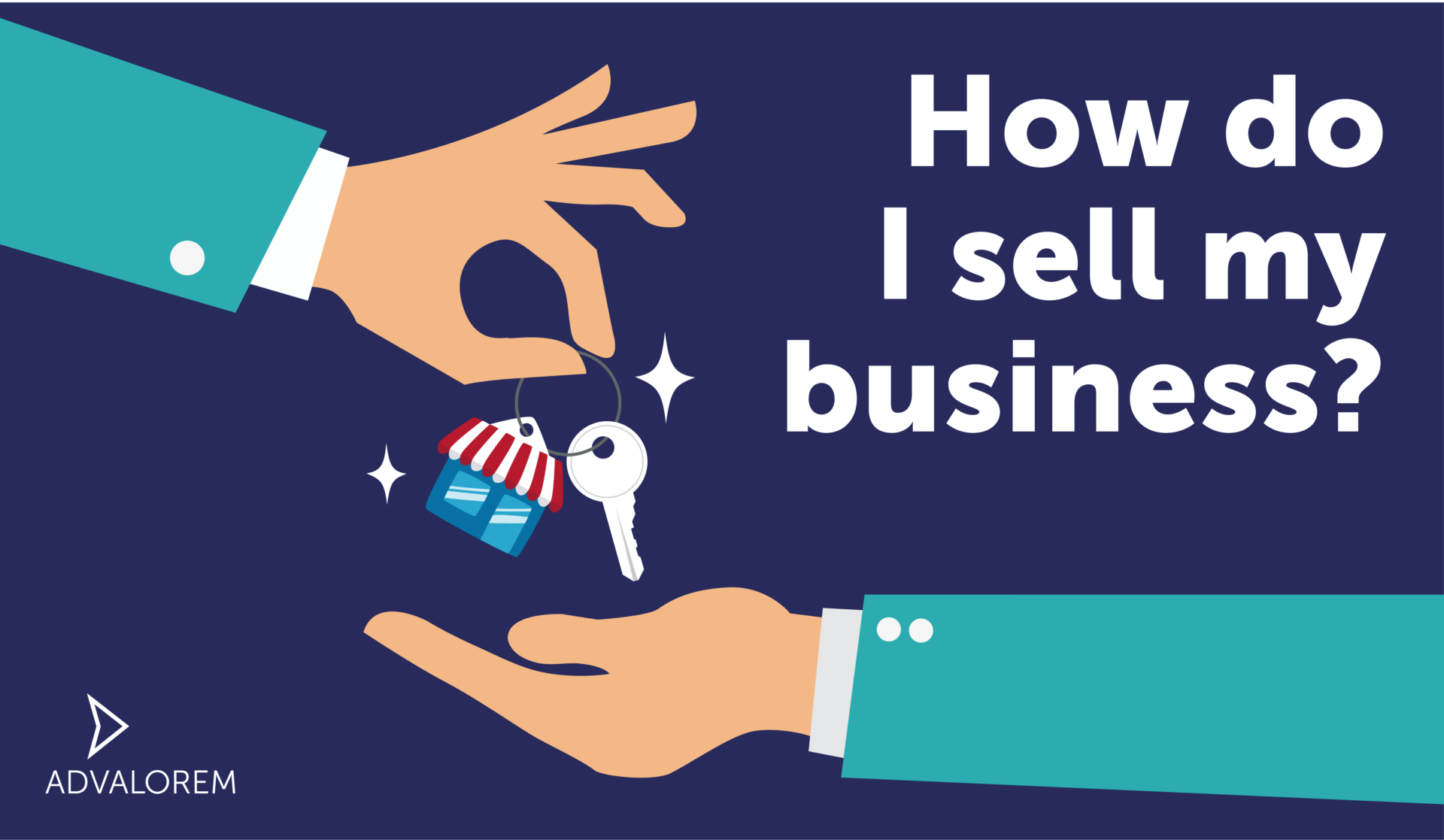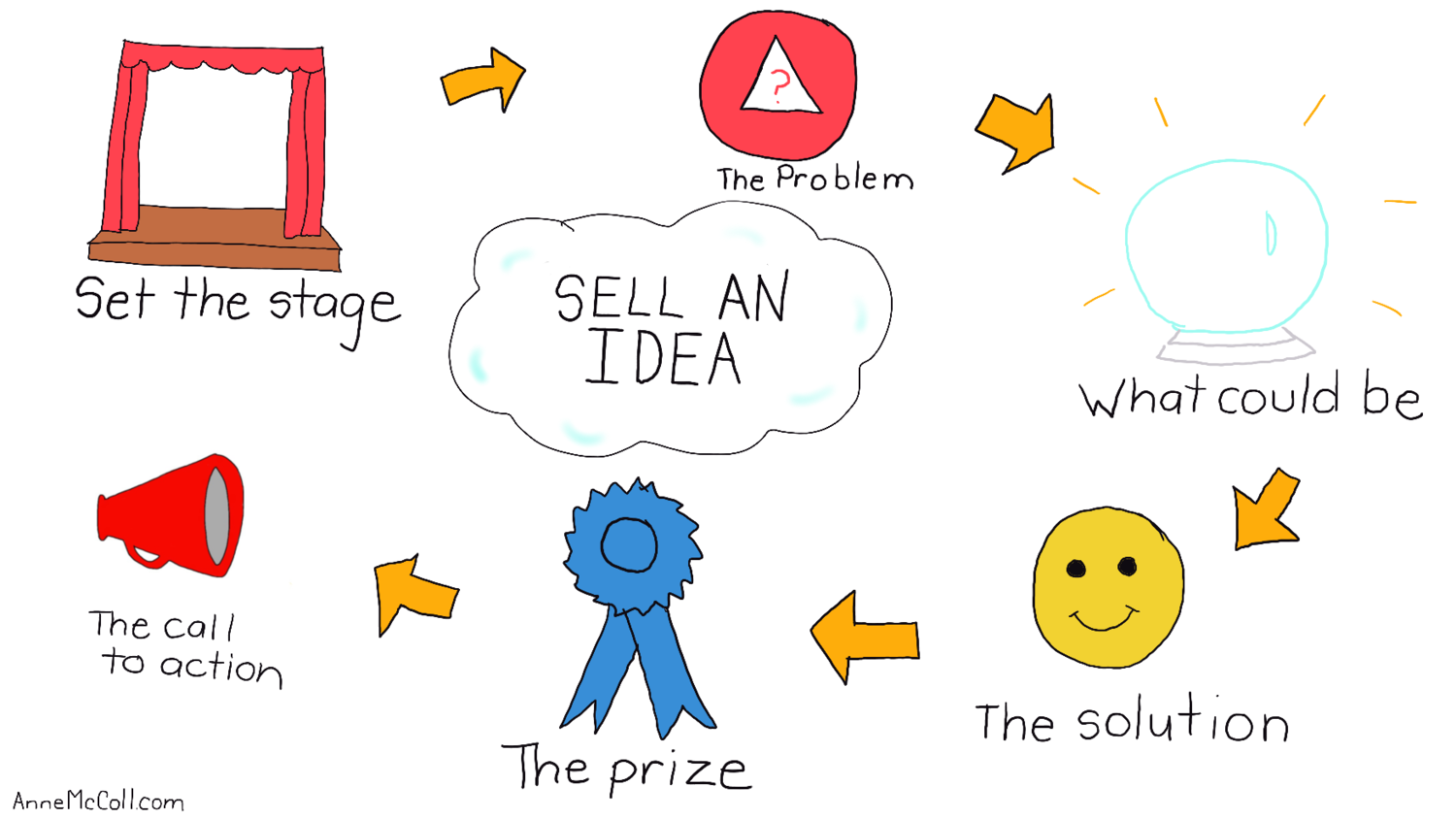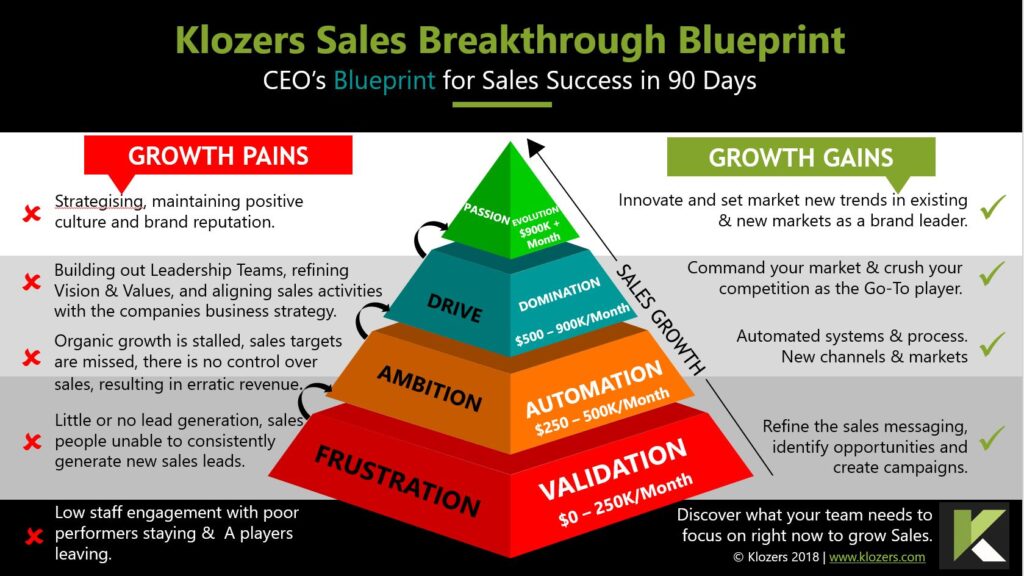How Do I Sell My Idea To A Big Company

In the modern innovation economy, the quest to transform a brilliant idea into a tangible product or service often leads inventors to the doors of large corporations. These behemoths possess the resources, infrastructure, and market reach that individual innovators often lack. However, navigating the complex landscape of a corporate giant to pitch an idea and secure a deal can be a daunting task, fraught with legal, ethical, and strategic considerations.
The challenge lies in understanding how to effectively communicate the value proposition of your invention, protect your intellectual property, and negotiate a mutually beneficial agreement. This article will delve into the essential steps and best practices for successfully selling your idea to a big company, drawing upon expert advice and real-world examples to provide a comprehensive guide.
Understanding the Corporate Landscape
Before approaching a large company, thorough research is paramount. Identify companies whose strategic goals align with your idea. Examine their product portfolio, recent investments, and stated areas of interest to gauge potential compatibility.
"You have to do your homework," advises patent attorney Sarah Chen. "Understanding the company's needs and how your idea can solve a problem for them significantly increases your chances of success." Reviewing their annual reports and recent press releases can provide valuable insights.
Protecting Your Intellectual Property
Securing your intellectual property is crucial before disclosing your idea to any company. This typically involves filing a patent application, which grants you exclusive rights to your invention. A provisional patent application can offer a relatively inexpensive way to establish an early filing date.
Non-disclosure agreements (NDAs) are also essential. These legally binding contracts protect confidential information from being shared with third parties. Ensure the NDA is reviewed by an attorney before signing.
Crafting a Compelling Pitch
The pitch is your opportunity to showcase the potential of your idea. Focus on the problem your invention solves, the market opportunity, and the competitive advantages it offers. Use clear, concise language and avoid technical jargon that may confuse your audience.
Visual aids, such as prototypes, mockups, or presentations, can significantly enhance your pitch. Quantify the potential benefits of your idea whenever possible, using market research and financial projections.
Navigating the Corporate Structure
Identifying the right person to contact within a large company can be challenging. Start by researching relevant departments, such as research and development, product innovation, or business development. Use professional networking platforms like LinkedIn to connect with individuals who may be receptive to your idea.
Attending industry conferences and trade shows can also provide valuable opportunities to network and make connections.
"Sometimes, it's not about the idea itself, but who you know,"says innovation consultant David Lee.
Negotiating the Deal
If a company expresses interest in your idea, the next step is to negotiate the terms of an agreement. This may involve licensing your invention to the company, selling your patent rights, or forming a joint venture.
It is strongly recommended to seek legal counsel during this stage. An experienced attorney can help you navigate the complex legal landscape and ensure that your interests are protected. Be prepared to walk away if the terms are not favorable.
Alternative Avenues
Selling to a large company isn't the only path to commercialization. Consider alternative avenues, such as crowdfunding, angel investors, or venture capital. These options may be more suitable if you prefer to maintain greater control over your invention.
Entrepreneurial incubators and accelerators can also provide valuable resources and mentorship to help you launch your own startup. "Don't be afraid to explore different paths," encourages technology entrepreneur Maria Rodriguez. "The right path depends on your individual circumstances and goals."
Looking Ahead
The process of selling an idea to a big company requires persistence, preparation, and a clear understanding of the corporate landscape. While success is not guaranteed, by following these steps, inventors can significantly increase their chances of turning their ideas into reality.
The future of innovation hinges on the ability of individuals and corporations to collaborate effectively. Creating a clear and transparent process for idea submission and evaluation is essential for fostering innovation and driving economic growth. Large companies are becoming increasingly open to external innovation, recognizing the value of tapping into the creativity and expertise of individual inventors. By adapting to this evolving landscape, innovators can unlock new opportunities to bring their ideas to the world.


















